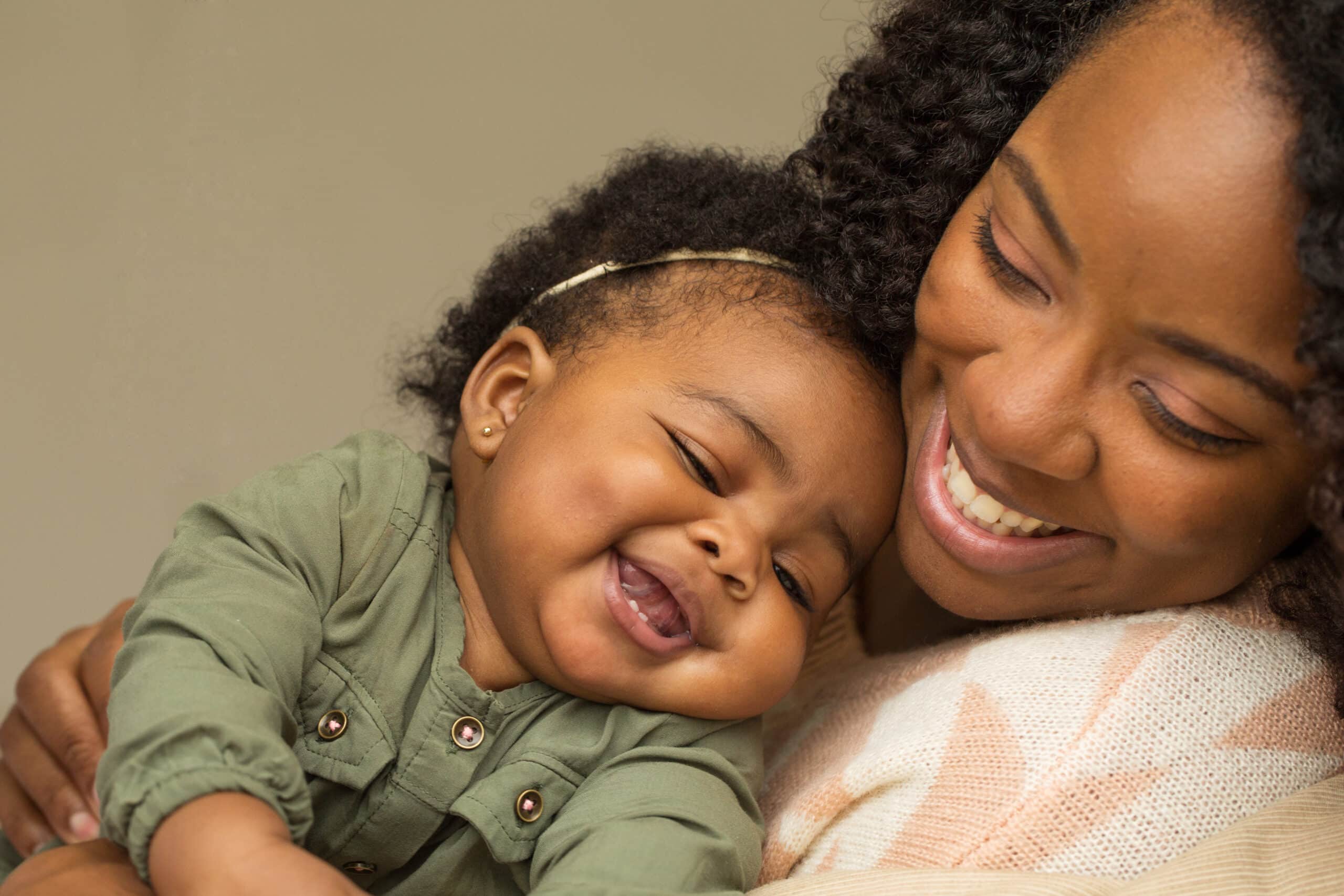Introduction: Have you ever wondered why you tend to repeat certain patterns in your relationships? The answer may lie in your earliest bonds with your caregivers. Recent psychology research is shedding light on how the emotional quality of our first relationships sets the stage for our “attachment style” and influences our connections with others throughout life.
Caregiver sensitivity: The key to secure attachment
Studies show that an infant’s sense of security hinges largely on their caregiver’s “sensitivity”—how accurately the caregiver perceives and how quickly and appropriately they respond to the baby’s signals, especially signs of distress.1 Sensitive caregiving is rooted in understanding the child’s inner world and seeing things from their perspective, known as “insightfulness” or “mentalization.”2
When caregivers respond sensitively and consistently, the baby learns to trust that their needs will be met and develops a “secure attachment.” Insecure attachment results when caregivers are rejecting, intrusive, or inconsistent, leading the child to expect their needs to go unmet.1
How attachment patterns show up in adult relationships
These early attachment relationships get internalized into mental models that shape how we approach relationships throughout life.3 Let’s look at some examples:
- Securely attached adults tend to be warm, trusting, and able to depend on others. In a conflict with their partner, they can express their own perspective clearly while staying open to their partner’s view.
- Adults with an “anxious” attachment style tend to be preoccupied with the relationship and hypervigilant to any signs of withdrawal or abandonment. A partner coming home late from work may trigger intense anxiety and clinging behaviors.
- “Avoidantly” attached adults pride themselves on not needing others and keep partners at arm’s length emotionally. Faced with a partner’s distress, they may minimize or dismiss it.
The importance of ‘felt security’
Beyond actual caregiver sensitivity, the child’s subjective experience of “felt security” is crucial.5 Felt security refers to the child’s confidence that the caregiver will be available and responsive when needed. Even if a caregiver is objectively sensitive, if the child doesn’t experience a consistent sense of safety and trust, insecure attachment can still develop. This highlights the importance of not just going through the motions of sensitive caregiving, but genuinely fostering a deep emotional connection.
The wider context of attachment
While the caregiver-child relationship is central, attachment researchers acknowledge that this bond develops within a broader social context. Chronic stressors like poverty, community violence, and health issues can strain caregivers’ capacity to respond sensitively.4 Forming secure attachments under these conditions becomes more difficult.
Takeaways and relationship advice:
- If certain relationship patterns keep tripping you up, reflecting on your earliest bonds may provide valuable insight. Consider how your current reactions to your partner may be shaped by your attachment history.
- Aim to become more “insightful” by reflecting on your own and your partner’s underlying emotions and needs in charged moments. Responding with empathy (even if you disagree) can foster greater security.
- Consider texting loving and supportive messages to your partner on a regular bases. Mobile phone experiments suggest that texting supportive messages has the potential to boost attachment security.7
- Remember that your mental models are not fixed—you can update them with corrective relationship experiences. If you lacked a secure base growing up, therapy can help you internalize a new model.6
While our earliest relationship patterns may run deep, understanding their origins empowers us to reshape them. By approaching ourselves and our partners with compassion and insight, we can cultivate more secure bonds.
Footnotes
[1] Ainsworth, M. D. S. (1969). Object relations, dependency, and attachment: A theoretical review of the infant-mother relationship. Child Development, 40(4), 969-1025.
[2] Koren-Karie, N., Oppenheim, D., Dolev, S., Sher, E., & Etzion-Carasso, A. (2002). Mothers’ insightfulness regarding their infants’ internal experience: Relations with maternal sensitivity and infant attachment. Developmental Psychology, 38(4), 534-542.
[3] Bretherton, I., & Munholland, K. A. (2008). Internal working models in attachment relationships: Elaborating a central construct in attachment theory. In J. Cassidy & P. R. Shaver (Eds.), Handbook of attachment: Theory, research, and clinical applications (pp. 102-127). The Guilford Press.
[4] Bowlby, J. (1988). A secure base: Parent-child attachment and healthy human development. Basic Books.
[5] Sroufe, L. A., & Waters, E. (1977). Attachment as an organizational construct. Child Development, 48(4), 1184-1199.
[6] Sasaki E, Overall N. (2020) A Dyadic Perspective of Felt Security: Does Partners’ Security Buffer the Effects of Actors’ Insecurity on Daily Commitment? Int J Environ Res Public Health. Oct 12;17(20):7411. doi: 10.3390/ijerph17207411. PMID: 33053727; PMCID: PMC7599705.
[7] Otway, Lorna & Carnelley, Katherine & Rowe, Angela. (2013). Texting “boosts” felt security. Attachment & human development. 16. 10.1080/14616734.2013.851334.


